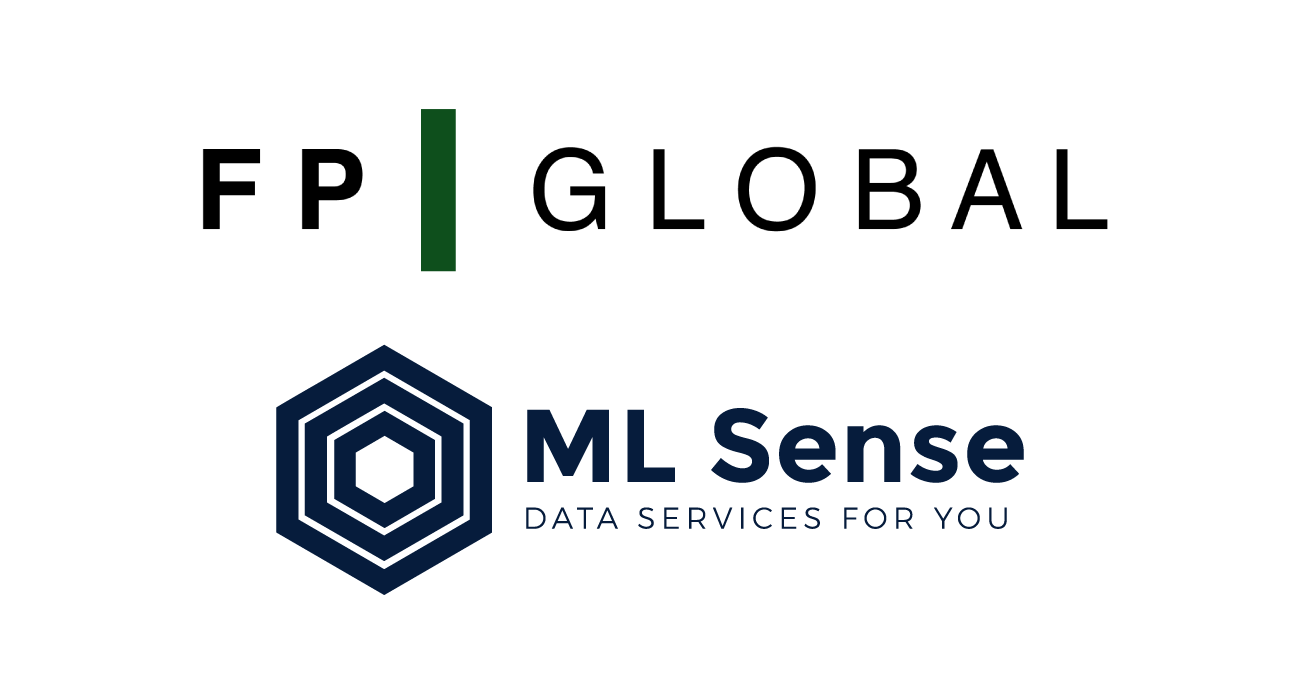Latest Insights
May 26, 2020
It can certainly be challenging to figure out which type of incentive compensation plan best aligns with your company’s goal. After all, a well-defined compensation structure is critical to the strength of any team and can make or break them. If it matches the needs of employees and reflects their efforts and successes, it promotes growth. However, if it poorly reflects their efforts, it can be a great de-motivator.
After several conversations with a variety of sales professionals, across different seniority levels in the fund administration space, I’ve put this article together to give you an insight on the different commission structures out there.
Most of our clients follow the traditional sales compensation structure which includes:
a base monthly salary + commission structure
Though there are a selected handful who chose to use variable bonuses instead of a commission structure, this makes up only less than 12% of the Fund Administrators in APAC.
Let’s discuss the variable in this equation : the commission structure.
Here are 3 commission models that are commonly utilized by Fund Administrators today:
It was those trying times that created the biggest growth for me as an individual and as a female leader.

Revenue Generation model:
The revenue-generated commission model is not as widely used as before but still rather popular. If a salesperson manages to sell a service, they get X% in commission for doing so. It would be mostly suitable for organizations looking to grow their market share or enter a new territory as these organizations are not as focused on profit yet.
Gross Margin model:
The gross margin model is a slight variation to the revenue commission model. Instead of a percentage of the revenue, the salesperson earns a percentage of the profit earned by the company. The gross margin model encourages the salesperson to sell the company’s services at a higher price due to the mutual inclusivity of the fee earned and the salesperson’s commission earned. This is great for companies with flexible price margin structures and it also spurs the individual to work harder.
Tier-based Commission model:
A tier-based commission model is a great way to incentivize top sales professionals to continue to bring the bacon home even after meeting their thresholds for the month, quarter or even for the year. After closing a certain number of deals, the commission rate increases. This model is great for medium to large institutions with a larger budget to stretch and stimulate their hunters to continuously quest and attain new market shares. Conversely, if these sales professionals do not manage to clear their minimum thresholds, they do not earn a penny at all. An example would be a candidate who shared with me an interesting commission structure: being given a flat fee for every new client on-boarded on top of his usual commission rate. This was a flexible arrangement by his existing employer to further inspire him to keep bringing new businesses to the firm.
So what’s our biggest takeaway from the best sales professionals in the industry?
The best salesperson often looks at the total amount he/ she takes home every day.
Another top sales leader of the industry shared with me the importance of the take-home package. She was willing to go to the extent of taking a slight cut in her base salary as she was compensated with a higher commission package in her next career move.
With so many existing compensation packages available it is also important to realise that no single remuneration structure will fit all your employees. With the above pointers in mind, my research gathers that sales professionals believe in having a commission structure that encourages them to continuously believe and sell a company’s offerings; because their growth in career and wealth is parallel to the company’s growth.
Funds Partnership Asia has assisted the majority of our clients in structuring an effective remuneration package for sales professionals. We take the time to understand your firm’s capacity, expectation and overall strategy and align with individual candidates’ motivations, capabilities and the value they are able to bring onto the table. If you are looking to on-board a new hunter into your team or looking to understand what your competitors are doing to remain competitive, reach out to Justin Lee for a discussion on the market today.
Share This Article
Articles You May Like















